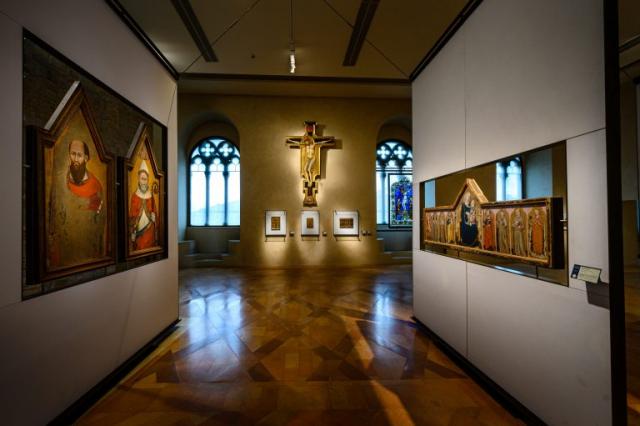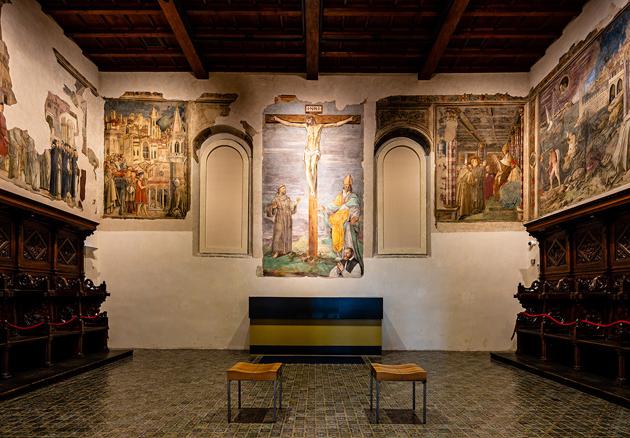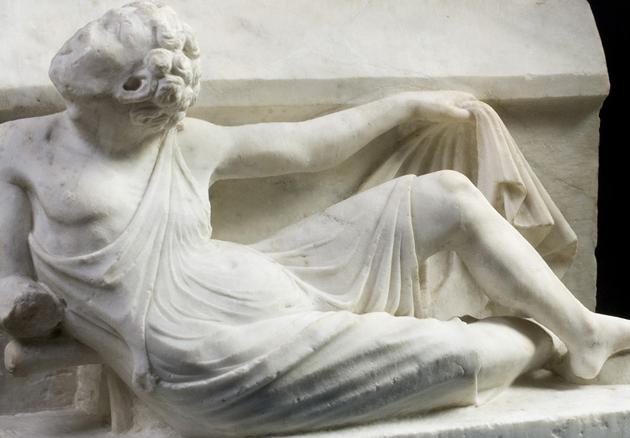National Gallery of Umbria

The National Gallery of Umbria, one of Italy’s leading art collections, is housed in the upper floors of the Palazzo dei Priori in Perugia, home of the Comune, or municipality, since the Middle Ages and a significant example of Gothic civic architecture. The museum’s foundation was linked directly to the Academy of Fine Arts (originally the Academy of Drawing) and benefited from a major stimulus after Italy’s unification, following the suppression of religious orders and corporations.
The museum was separated from the Academy definitively on 4 June 1863 to become the Civic Painting Collection and was named after one of the city’s greatest artistic sons, Pietro Vannucci, known as Perugino. Ten years later, the entire collection was moved to the Palazzo dei Priori.
In 1918, the collection was taken over by the state and given the name of the Royal Vannucci Gallery, before in due course being renamed the National Gallery of Umbria. Over the years, the entire complex of Palazzo dei Priori has been subjected to remodelling and functional modification works on several occasions. Inaugurated in its current layout in 2006, the museum now occupies 4,000 square metres of floor spaces on two levels. Arranged in chronological order, the collections feature a wealth of important mediaeval and Renaissance works by such artists as Arnolfo di Cambio, Nicola and Giovanni Pisano, Duccio, Gentile da Fabriano, Beato Angelico, Benozzo Gozzoli, Giovanni Boccati and Piero della Francesca, including the latter’s great altarpiece of St. Anthony with its celebrated crowning Annunciation. Special attention is reserved for the Umbrian artists Benedetto Bonfigli, Bartolomeo Caporali, Fiorenzo di Lorenzo, Perugino and Pintoricchio and their pupils and followers.
The museum also features thematic sections devoted to the works of goldsmiths and jewellers, to ivory and wooden inlays, to the traditional Perugia tablecloths and to the topography of the city of Perugia. Completing the visit are some priceless works of painting covering the period from the seventeenth to the nineteenth centuries by Orazio Gentileschi, Valentin de Boulogne, Pietro da Cortona, Sassoferrato, Francesco Trevisani, Sebastiano Conca, Pierre Subleyras, Corrado Giaquinto and Jean-Baptiste Wicar. The museum also has a fully equipped conference room, a lecture theatre and the large multipurpose Podiani Room, which is used to host temporary exhibitions, concerts and shows.
Contacts:
Address: Corso Pietro Vannucci, 19 - 06123 Perugia PG
Phone: 075 58668415 - 075 5721009

